This restaurant is located in the premises where Ishikawa used to be before it moved to its current location around the corner. It is the younger sister restaurant to Ishikawa and it also has a sister restaurant called "Ren". Koji Koizumi is chef and owner here. He was the right hand man to Hideki Ishikawa at Ishikawa and had been there from the start when Ishikawa opened, working with him for nine years. Kohaku ventures into a more modern take on Japanese cuisine (washoku), incorporating ingredients not usually associated with Japanese cuisine to give an avant-garde twist. For example one dish that has been served is beef shabu-shabu in katsuo dashi stock, garnished with truffles or black caviar. Kohaku obtained its third Michelin star in the 2016 guide.
Kohaku is tucked away down a pedestrian only alley in the lively district of Kagurazaka; it has a distinctive modern entrance so is easy enough to spot. The dining room uses lots of light wood and is well lit, with counter seating in front of the chefs as well as some conventional tables. As ever with high-end restaurants in Japan, there is no menu: the chef designs your kaiseki meal based on the ingredients that are at their peak at the moment.
There was a wine list as well as a large selection of sake, though in the way that happens when people design wine lists but have limited grasp of wine, there were no vintages shown, and the pricing seemed eccentric. Louis Roederer NV Brut was a very fair ¥6,800 for a bottle that you can find in the high street for about ¥5,500, Laroche Mas La Chevaliere Croix de Laroche was at a seemingly excessive ¥12,600 compared to a shop price of something around ¥2,800 depending on vintage, and Opus One was ¥54,000, which is probably a pretty fair price given that Opus One averages about ¥36,000 retail, but without seeing the vintage it is hard to tell. Doubtless the sake list makes more sense, but I am baffled that a restaurant that goes to the trouble of designing and stocking a wine list thinks "Shall we bother to print the vintages? Nah." It would be as if a car dealer just advertised in their brochure "BMW, Mercedes, Toyota, Honda, VW" etc without bothering to mention the model numbers.
We started the meal with pieces of scallop mixed in with wild plants and a seaweed sauce. The shellfish was of good quality, with pleasant sweetness, and the strands of foraged plants were inoffensive though did not seem to add greatly to the dish (16/20). This was followed by prettily presented deep-fried ayu (sweetfish) which were displayed sinuously upright, as if swimming, alongside a tempura of ostrich fern. The fish was excellent, and the fern gave useful flavour balance to the inherent bitterness of the head of the ayu (17/20).
Next was a Japanese beef tartare (from Yamagata prefecture) on sticky rice with smoked pickled radish and shiitake mushroom. This was very enjoyable, the beef of high quality and the pickle providing a pleasing bite (17/20). An alternative for non-meat eaters was Spanish mackerel on kelp and sticky rice.
Hair crab dumpling in clear soup was next. I often find seafood in clear soup to be problematic, as you can easily end up just eating soggy fish. However in this case the ball of crab stayed clumped together, and although the broth did not add much, the crab itself (from Hokkaido) had lovely flavour (17/20). Cherry salmon with "chef's secret jelly " was next, this fish very much in season at present and having good flavour, while the content of the jelly will remain a mystery to me, though there did seem to me some yuzu lurking within it (16/20).
Black-throated sea perch was grilled over charcoal and came with fried burdock and a little freshly grated wasabi. The fish took on a pleasant smoky note from the grill, and the burdock was fine, the wasabi adding some bite (16/20). Deep-fried rockfish and bamboo shoot was topped with shreds of udo (sansai, a mountain vegetable resembling asparagus). This was pleasant enough though I had eaten better bamboo shoots on this trip to Japan (just about 16/20).
Simmered Japanese prawn was served with white sesame tofu and topped with sansho flowers. The prawn was fine and the sansho gave a gentle spiciness that was more interesting than the tofu (16/20). The savoury section of the meal concluded, as is traditional, with rice and pickles. Here the rice was enlivened by mixing in some pieces of golden eye snapper. Miso soup was served alongside, and I have to say that this seemed distinctly uninspired; I had recently tried better miso at a simple tempura place in Kyoto. For dessert there was green tea mousse and cream cheese soup with rum sherbet. I am not a green tea fan so don't feel comfortable scoring this, though the rum certainly helped matters.
Service was very attentive and friendly, our waitress speaking a little English. The bill came to ¥59,000 for two, which works out at £182 a head, with a bottle of champagne to drink between us. Overall it was a very pleasant evening, though not a cheap one. However in the previous few days in Kyoto I ate three meals that I preferred, one at a two star restaurant, one at a one star place and one (Tempura Matsu) that had no stars at all. Hence it is puzzling to me why Michelin chose this particular restaurant to be elevated to three stars. This is hardly the restaurant's problem, just a little bewildering to me. However if you ignore the rating then it is a capable kaiseki meal in nice surroundings with charming service.
















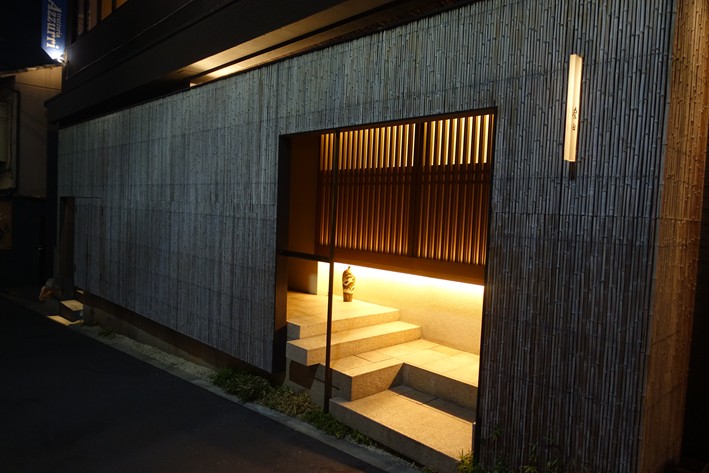


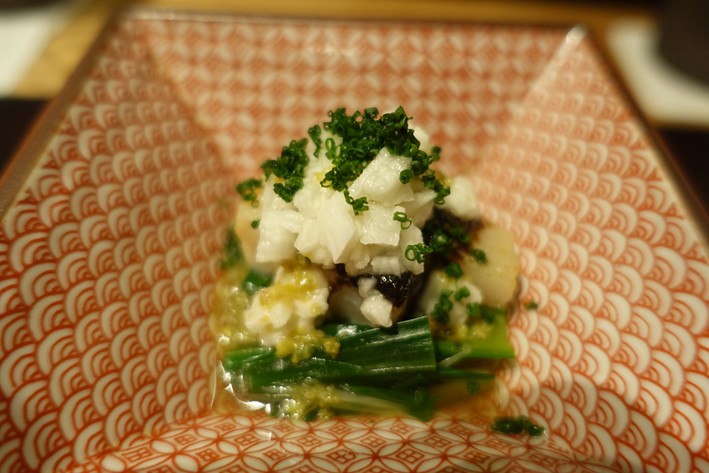
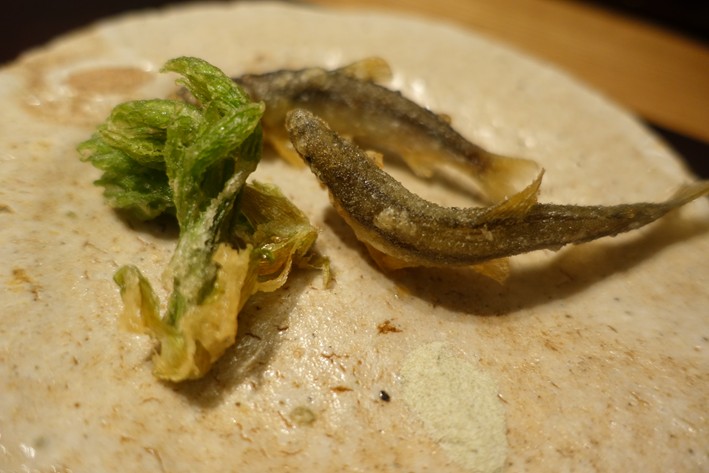
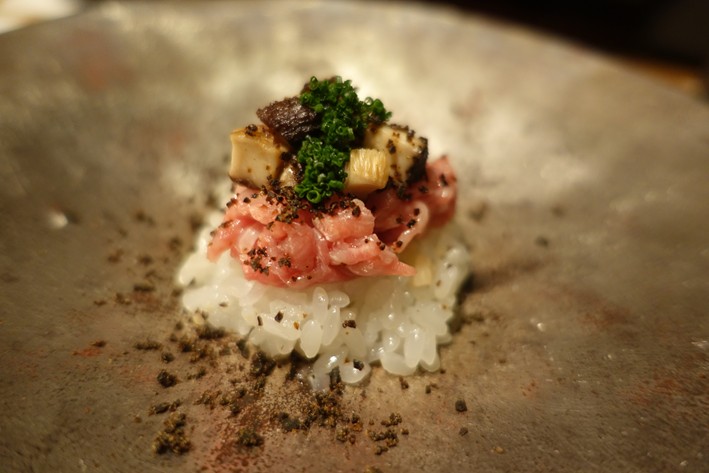

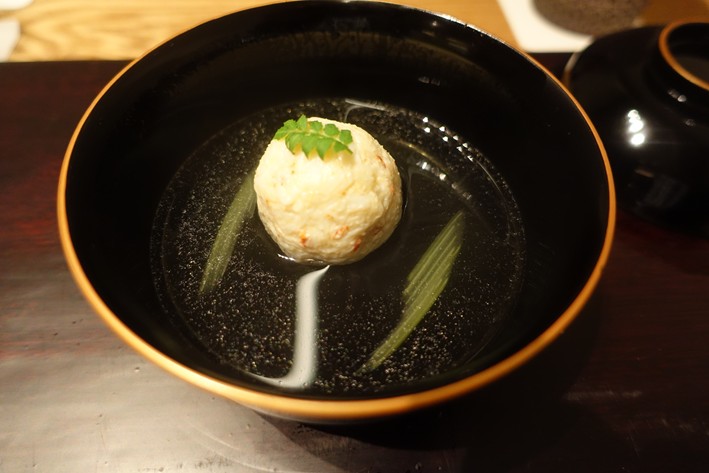
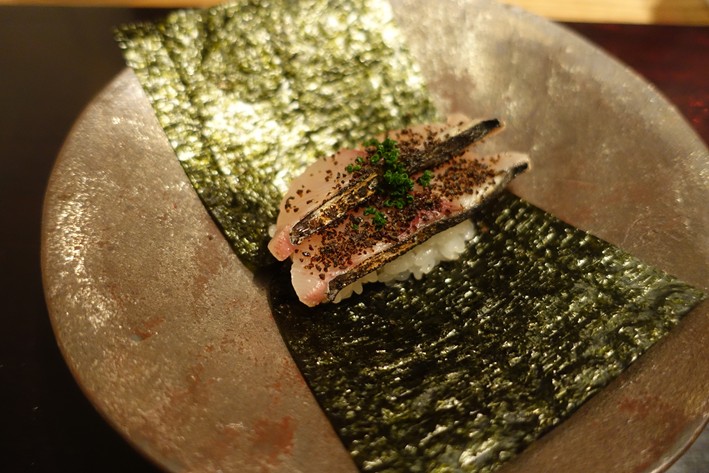
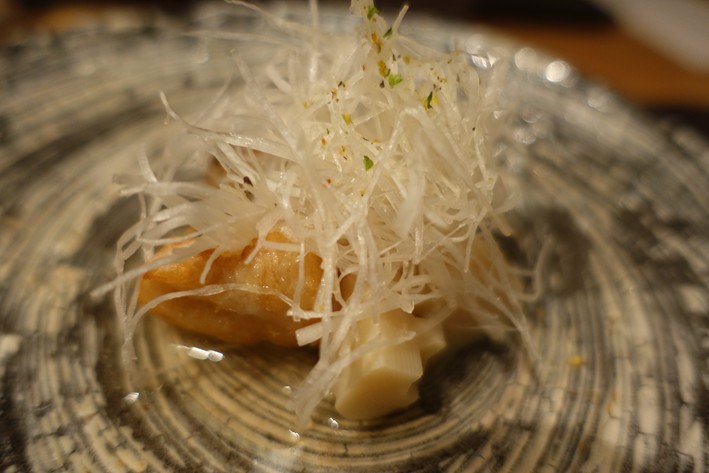
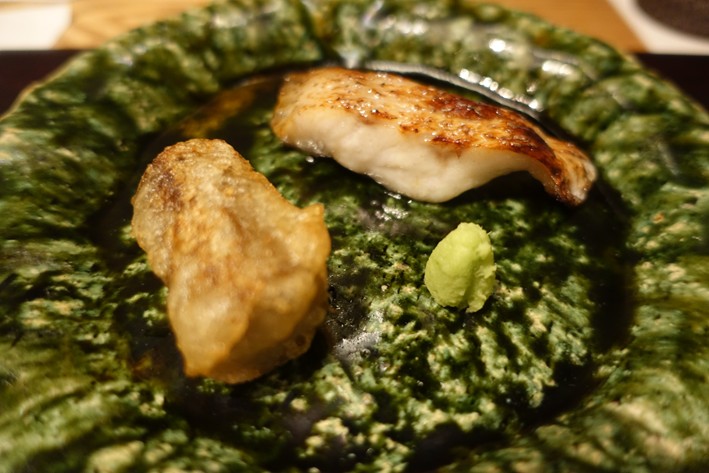
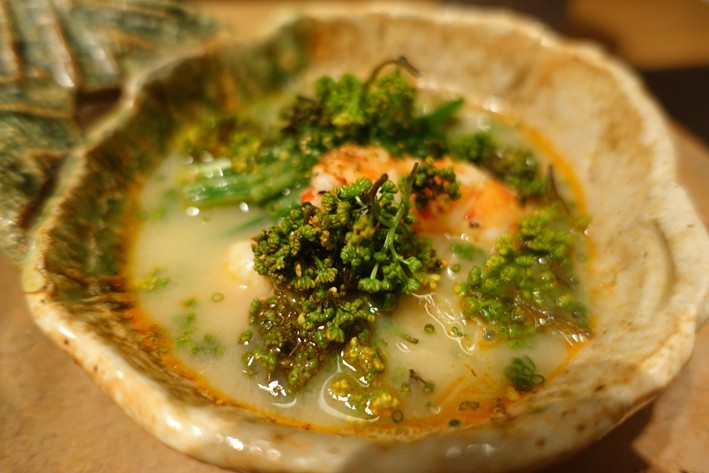

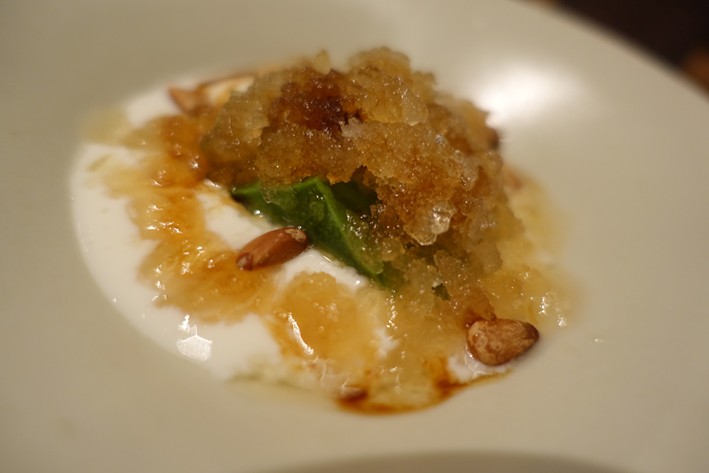
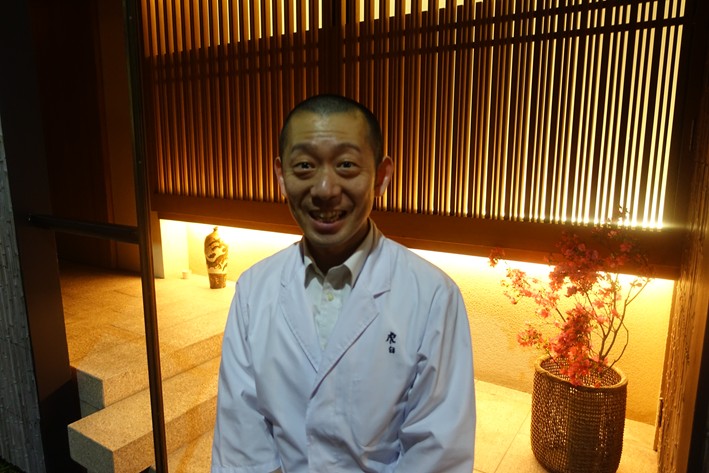

Add a comment
Thank you for submitting your comment, this will be checked and added to the website very soon.
User comments